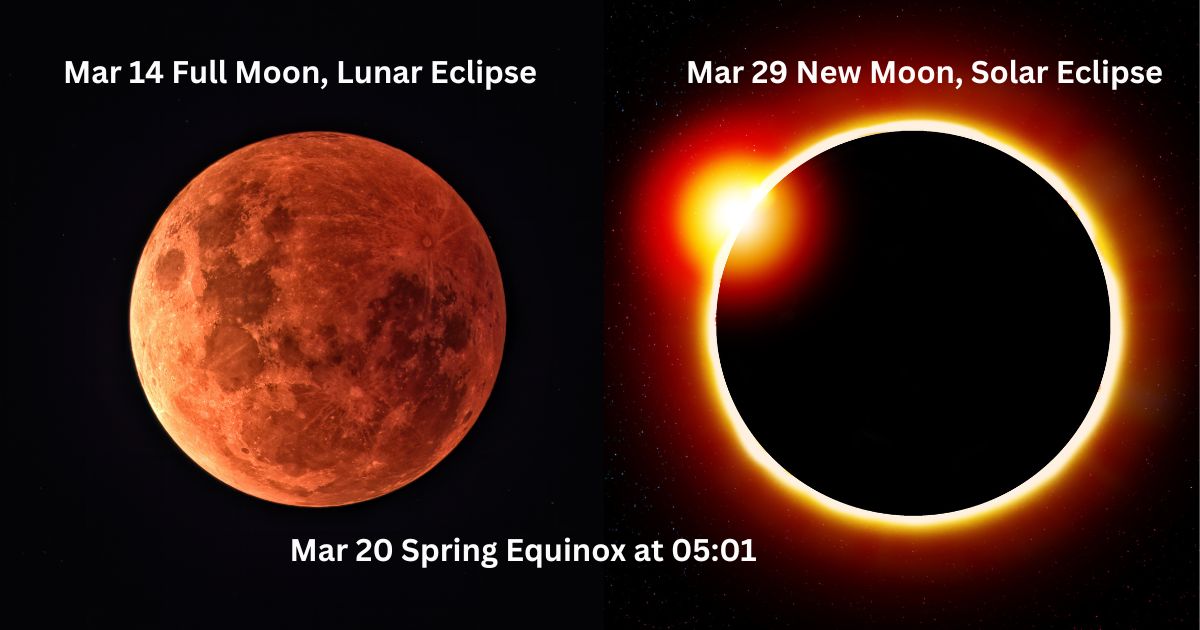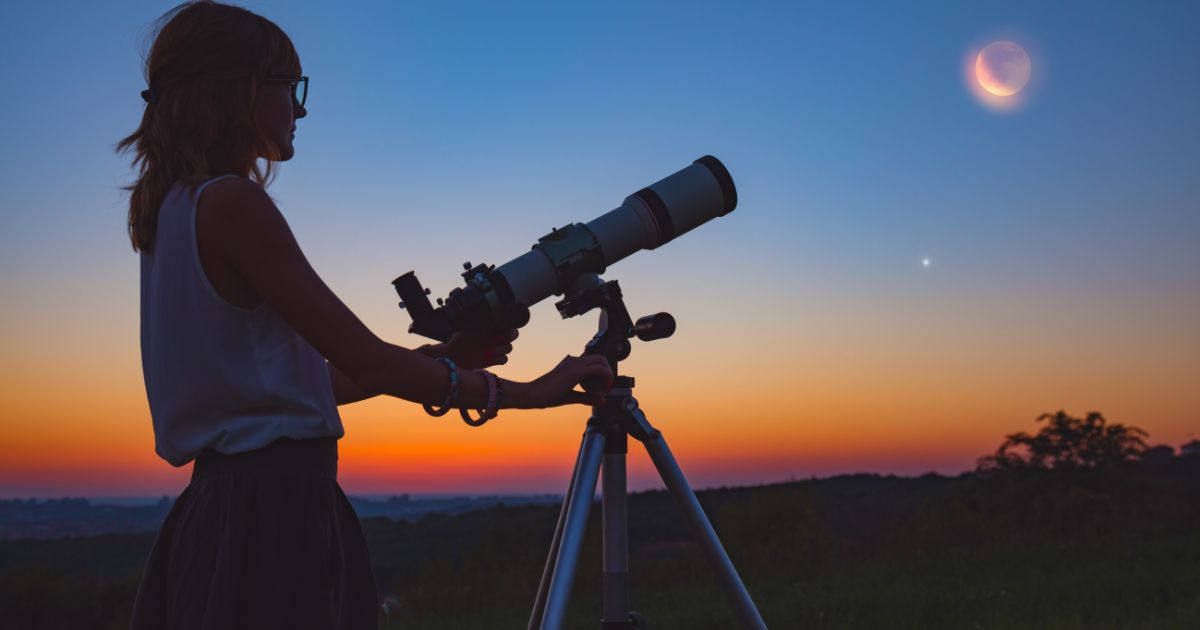The April 8, 2024, solar eclipse will be visible across the entire North American continent, and Eastern Canada will see the eclipse on Monday afternoon. The eclipse path arcs NE to southern Ontario, along the St. Laurence River into southern Quebec and the Maritimes. If you are outside this path of totality, you will see a “partial eclipse.” But regardless of where you are, it is necessary to take precautions.
Although the “totally eclipsed” Sun is perfectly safe to view, any portion of the exposed Sun will painlessly burn your retina. Be warned that “sunglasses” are not good enough to protect your eyes.
Fortunately, many astronomy and science outlets may provide special solar viewing eye coverings that resemble a reflective metal film. You may even buy small sheets of this film to cover the lenses for cameras, binoculars and telescopes. Your city or town may also have an astronomy club setting up its telescopes to view the eclipse safely. Their equipment and knowledge will make the event more memorable for all ages. Look for notices online and in the news media.
What can you expect to see if the sky is clear at your location? This depends on how far you are from the centreline. Some magnification is helpful. Some people mount binoculars on a tripod, uncover one of the lenses and project the sunlight onto a white screen. This is the easiest, safest and most convenient way to view the eclipse, especially when a group of people exists.
Using the proper solar filters mentioned above, most people will see a “bite” taken out of the otherwise circular disk. It will slowly deepen as the eclipse progresses.
The event’s total length depends on your west-east location and distance from the centreline. Expect a maximum of about 11⁄2 hours in Vancouver (a partial eclipse), 21⁄2 hours for southern Ontario (close to the centreline), to about 2 hours on the NE shore of Newfoundland on the path of totality. If you are in the band of totality, the Sun will be totally eclipsed for almost 4 minutes over Lake Erie to about 3 minutes on the
shore of Newfoundland. It gets progressively shorter with distance from the centre line.
Visit https://www.timeanddate.com/eclipse/map/2024-april-8 for times and durations at your site.
— Robert Dick
Or watch the LIVE Stream here
One of Canada’s foremost writers and educators on astronomical topics, the Almanac has benefited from Robert’s expertise since its inception. Robert is passionate about reducing light pollution and promoting science literacy. He has been an astronomy instructor for our astronauts and he ensures that our section on sunrise and sunset, stargazing, and celestial events is so detailed and extensive it is almost like its own almanac.













